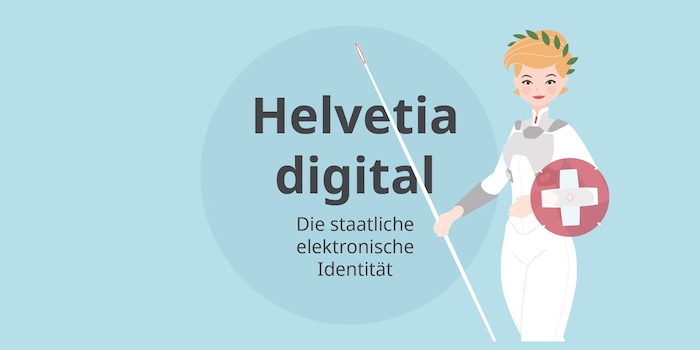
Federal Council sets out how the e-ID should work technically
Electronic proof of identity should be available in Switzerland by 2026. The Federal Council has now decided which technology will be used for this. An updated roadmap for implementation has also been defined.
On 6 December, the Federal Council met on the topic of e-ID. The country's leadership determined which technologies should be used. This concerns both the e-ID itself and the trust infrastructure on which it is based. At the same time, however, the authors emphasise that continuous further development is necessary and also planned. This would serve security and interoperability.
Manage data yourself
As you can see on the corresponding Github page, the federal government is relying on the so-called SD-JWT credential format (Selective Disclosure Json Web Token) for the implementation. This should allow you to decide for yourself which data is disclosed when using the E-ID and which is not.
The Elliptic Curve Digital Signature Algorithm (ECDSA) is used to ensure that access and use of the wallet and the E-ID are genuine and intentional. This is a digital signature algorithm based on the mathematics of elliptic curves. It allows you to sign (private) and verify (public) the digital transaction with a pair of mathematically related keys. This creates a digital signature that can be safely checked for authenticity by third parties. The exact details of the technology can be found on the corresponding GitHub page.
E-ID to be introduced in 2026
The Federal Council plans to introduce the E-ID in 2026. The digital ID card issued by the federal government and the infrastructure around it should guarantee privacy protection, but still be usable internationally.
According to the FDJP, a highly secure infrastructure will be put into operation first. In a further step, the "even higher requirements for the protection of privacy" will be taken into account. There is not enough time to do both at the same time. This was announced by the FDJP in a press release.
The focus here is also on the "unlinkability" of E-ID applications to their owners. In other words, it should no longer be possible to trace who has used their E-ID and how. Research funding totalling one million francs has been made available for the additional data protection precautions. In its communication, the federal government also encourages "interested parties" to "participate in the development of a solution".
Wallet is called "SWIYU"
The trust infrastructure that is to be set up for the operation of the e-ID is called "SWIYU". The name of the wallet is made up of the elements SW (Switzerland), I (I, identity, innovation) and YU (you and unity).
The Confederation has summarised the further procedure for the E-ID in a publicly accessible roadmap.
I've been tinkering with digital networks ever since I found out how to activate both telephone channels on the ISDN card for greater bandwidth. As for the analogue variety, I've been doing that since I learned to talk. Though Winterthur is my adoptive home city, my heart still bleeds red and blue.
From the latest iPhone to the return of 80s fashion. The editorial team will help you make sense of it all.
Show all